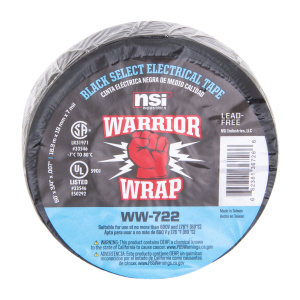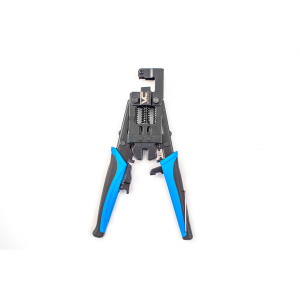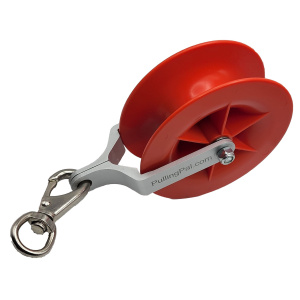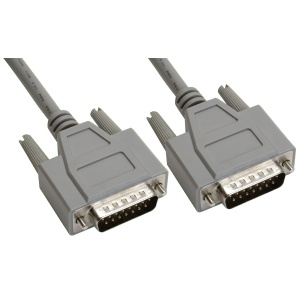A revolution in power storage is happening right under our noses. With technology progressing at an unprecedented rate, the demand for energy storage solutions that are efficient, long-lasting, and safe has never been higher. Among the most common types of batteries used today, Sealed Lead Acid (SLA) and Lithium Ion (Li-Ion) stand tall. But what makes them tick, and how do they stack up against each other? Read on to find out.
Introduction: Understanding the Essence of Power Storage
Power storage is more than just saving up energy for a rainy day; it’s the backbone of modern technology. From powering electric vehicles to storing renewable energy, batteries are everywhere. Today, we will delve into the nitty-gritty of two popular battery types: Sealed Lead Acid and Lithium Ion. As we dive in, ask yourself: What are the differences between Sealed Lead Acid and Lithium Ion Batteries?
The Birth of Batteries – A Brief History
The Humble Beginnings
In 1859, French physicist Gaston Planté invented the lead-acid battery, the first-ever rechargeable battery. Jump forward a few decades, and the sealed version of this old workhorse emerged, a game-changer in many industries. Meanwhile, the lithium-ion battery, despite its relative youth (first commercialized by Sony in 1991), has made substantial inroads in various sectors, chiefly due to its superior energy density and longevity.
An Era of Evolution
Fast forward to the 21st century, the evolution of batteries has been nothing short of breathtaking. From those bulky lead-acid batteries of the past to today’s sleek lithium-ion power packs, the landscape has drastically changed. But what are the key differences between these two types of batteries? Let’s delve deeper to find out.
Sealed Lead Acid Batteries – The Reliable Classic
The Heart of the SLA Battery
SLA batteries contain a combination of lead and acid in a sealed unit. This arrangement prevents spills and allows for versatile placement. Their simplicity, reliability, and cost-effectiveness make them a popular choice in numerous applications such as emergency lighting, uninterruptible power supplies, and automobile starting.
Advantages of Sealed Lead Acid Batteries
One of the major benefits of SLA batteries is their affordability and availability. They also boast excellent surge currents, making them a go-to choice for applications that require a high initial burst of power.
Limitations of Sealed Lead Acid Batteries
Despite their benefits, SLA batteries have a relatively short cycle life, especially when deeply discharged. They also have a lower energy density compared to lithium-ion batteries and are much heavier, making them less ideal for portable applications.
Lithium Ion Batteries – The Lightweight Champion
The Core of the Li-Ion Battery
Lithium-ion batteries, as the name suggests, rely on the movement of lithium ions from the negative electrode to the positive one during discharge, and vice versa when charging. These batteries have revolutionized portable electronics due to their high energy density, low self-discharge rate, and lack of the ‘memory effect’.
Advantages of Lithium Ion Batteries
Li-Ion batteries boast a high energy-to-weight ratio, making them an ideal choice for portable devices. They also have a much longer lifespan compared to SLA batteries and can handle high discharge rates, enhancing their versatility.
Limitations of Lithium Ion Batteries
However, Li-Ion batteries are not without their shortcomings. They require complex management systems to ensure safety and longevity. Additionally, they are more expensive than SLA batteries, a factor that can significantly impact the decision-making process in large-scale applications.
Sealed Lead Acid vs. Lithium Ion Batteries – A Head-to-Head Comparison
Energy Density and Weight
One of the key differences between SLA and Li-Ion batteries lies in their energy density and weight. Li-Ion batteries offer superior energy density and are lighter, making them the preferred choice for portable devices.
Lifespan and Cycle Life
When it comes to lifespan and cycle life, Li-Ion batteries again take the crown. They offer a significantly longer cycle life compared to SLA batteries, which translates to fewer replacements and, ultimately, cost savings over time.
Cost and Maintenance
On the flip side, SLA batteries are typically cheaper and require less sophisticated management systems, making them a robust and cost-effective choice for stationary applications where weight and size are not major concerns.
Choosing the Right Battery for Your Needs
Understanding Your Requirements
Choosing the right battery depends largely on your specific needs. Do you prioritize cost-effectiveness, or are energy density and portability more critical? By understanding these differences between Sealed Lead Acid and Lithium Ion Batteries, you can make an informed decision.
Considerations for Choosing an SLA Battery
If your application requires high surge currents and cost-effectiveness, and you’re not overly concerned about weight or size, an SLA battery might be the way to go.
Considerations for Choosing a Li-Ion Battery
Conversely, if you need a lightweight, high-energy battery for a portable device or a battery with a longer lifespan for a power-intensive application, a Li-Ion battery would likely be the better choice.
FAQs
1. What are the main differences between Sealed Lead Acid and Lithium Ion Batteries?
The main differences lie in their composition, energy density, weight, lifespan, and cost. Li-Ion batteries have higher energy density, are lighter, and have a longer lifespan, but they’re more expensive. On the other hand, SLA batteries are heavier, have lower energy density and a shorter lifespan, but they’re more affordable.
2. Which battery type is better for portable devices?
Due to their high energy-to-weight ratio and longer lifespan, Li-Ion batteries are the preferred choice for portable devices.
3. Can SLA batteries be replaced with Li-Ion batteries?
In many cases, yes. However, this requires careful consideration of the device’s power requirements and the potential need for a new battery management system.
4. Are Lithium Ion batteries safe?
Yes, but they require a robust management system to prevent overheating and ensure safe operation.
5. Which battery type lasts longer?
Typically, a Li-Ion battery will last longer than an SLA battery in terms of cycle life.
6. Which battery type is more environmentally friendly?
Li-Ion batteries are generally considered more environmentally friendly due to their longer lifespan and the fact they do not contain lead.
Conclusion: Powering Forward
In the end, the differences between Sealed Lead Acid and LithiumIon Batteries boil down to specific application requirements. While SLA batteries offer reliability and cost-effectiveness, Li-Ion batteries are the champions of energy density and longevity. By understanding these differences, we can make better decisions that align with our technological and environmental needs, paving the way for a future powered by efficient, sustainable energy storage solutions.












